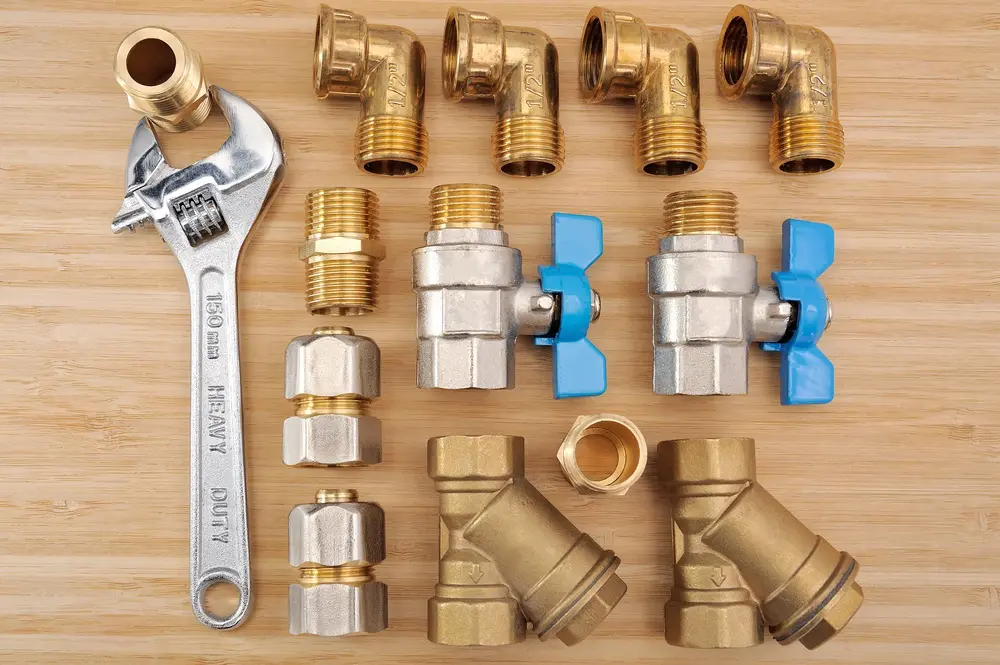Smart homes represent the latest iteration of Internet of Things technology, providing convenience and cost savings while at the same time creating security risks and bugs that require to be mitigated before full implementation can take place.
Lack of standardization between devices can often present itself as an impediment to smooth communication, particularly if they operate under different protocols.
Security
Smart home technology can make life simpler, but improper management could prove hazardous to its purpose. Cyber threats may penetrate your home network and could become a source of identity theft.
Assuring your home’s security involves taking several key steps, such as locking windows and doors when leaving. These simple measures can deter potential intruders while saving both time, money, and stress in the long run.
Be sure to install strong security software on both your computers and smartphones to guard against viruses and malware that could threaten them, helping safeguard data storage as well as avoiding identity theft. This will protect both you and your identity!
Lighting
Intelligent home technology utilises Internet of Things (IoT), sensors, and cloud computing to connect appliances and systems in your house to each other and control them efficiently – helping reduce energy bills, enhance home security, and increase comfort levels.
Home automation products can take the guesswork out of making changes when they need them, such as when waking up in the morning or changing filters. Lighting controls also offer ways to ensure maximum efficiency and comfort with lighting levels that ensure optimal efficiency and comfort levels.
Technologies enable homeowners to manage their homes from anywhere using mobile apps, laptops or any device with internet connectivity. Furthermore, these technologies can reduce energy use while improving efficiency to produce lower electricity bills for homeowners.
Climate Control
Climate control systems are an indispensable component of home automation. Not only can they make life simpler by maintaining an ideal temperature in your home, but they can also save energy and money!
Smart thermostats, designed to learn a homeowner’s preferences and automatically adjust settings, can be controlled via mobile app or voice command. They’re compatible with multistage HVAC systems and may help lower energy consumption by only changing temperatures when necessary.
Many smart thermostats include sensors that detect movement and automatically adjust temperature accordingly, helping prevent unnecessary energy waste when no one is at home.
Entertainment
Smart home technology offers many useful applications that make life simpler and improve the quality of a home environment. These applications allow homeowners to manage their home from any mobile device or online source and also ensure safety within the house.
Home appliances such as fridges, washers and dryers and TVs that connect to the internet give users remote access to these items for convenient usage and monitoring, helping reduce energy bills.
As one of the top smart home technology trends, fully integrated systems that bring all of your devices together into one centralized hub are becoming increasingly popular and can even be quite affordable.
Energy Management
Smart home technology enables homeowners to easily control their appliances, thermostats, lighting, and other features within the home – as well as receive notifications regarding any potential issues or notifications of potential threats in their environment.
Energy management features can significantly boost home efficiency, lower costs and enhance safety. Today’s devices feature temperature and humidity sensors which allow them to automatically turn on or off when specific conditions are met.
Not only can these innovations save energy, they’re increasingly popular with homebuyers who desire an enhanced sense of control over their energy costs. That’s why the EPA launched the first mass-market Smart Home Energy Management Systems (SHEMS) program under ENERGY STAR brand name.
The Environmental Protection Agency’s certification process ensures that networked products can easily be controlled based on time-of-use electric rates, lowering demand and shifting load to help save energy, save money, and protect the environment.




